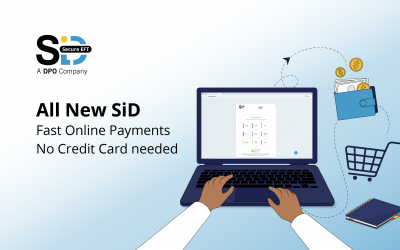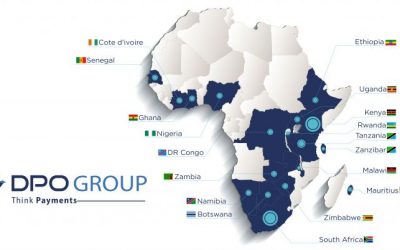Celebrating its tenth anniversary, SiD’s CEO David Liu looks back over the last decade and gives insight into the changes in the online payment security sector.
What were you doing ten years ago? Well, if you are South African, chances are you were listening to Rihanna’s Umbrella, queuing to watch the Simpson’s Movie, or cheering on the Boks as they hoisted the Webb Ellis trophy in Paris. For some, it may feel like only yesterday, but in IT, a decade may as well be a century.
In a world where innovation is almost exclusively written about in relation to start-ups and disruptors, it’s seldom that a company which has been around for a decade can still be seen as innovative. However, the pace of change in online buying, digital security and consumer expectations has forced constant re-engineering from companies in the payment space. Staying ahead of the innovation curve has been the key focus at SiD.
Ten years ago, banks in South Africa were experiencing a high level of phishing attacks. The term itself was as new as the phenomenon and the banks had an uphill battle trying to stave off phishing attempts.
To add to their pain, banks were also trying to promote their online banking services and were forced to ramp up their consumer education process. It was a fine balancing act for them. They needed to allay concerns about the integrity of the offering and convince a nervous public into trusting their online services.
As a young EFT payment company entering a market which was beset with security concerns, we spent most of our time meeting with both the commercial banks and the Reserve Bank. We had to prove our offering would not compromise their offerings and, at the same time, explain the value of our offering for consumers wishing to use EFT rather than cards for online purchases.
The merchants, however, loved what we had to offer. The Secure EFT solution simplified their back office. Up until then, all EFT online transaction had to be done manually. Payments would have to be done during office hours and required extensive human intervention. Our offering automated the process, taking away a big pain point, and the solution was well received and quickly spread by word-of-mouth.
Although the e-commerce market was still in its infancy at the time, the tourism industry was driving the demand in South Africa. Airlines immediately saw the benefit of offering an online service and they also realised the benefit of offering as many payment methods as possible to their customers. Secure EFT was a hit with them, and this helped us reach and educate South African consumers in high volumes. For us, it meant ensuring we had a rock-solid offering which would integrate with the banks and was able to process payments accurately, in a high-volume environment. There was no greater stress test for our product and we were able to refine our offering at a rapid pace.
Ten years on, online payments have moved forwards in leaps and bounds. Payments have become so seamless that they are almost invisible in the process. In-app payments and mobile wallets are popping up wherever you look. The focus now is on making payments as frictionless as possible. Apple has even taken a further step to include a payment button on its MacBook Pro keyboards. Facebook and Google are shifting their revenue models to leverage their ecosystems and payments are all at the core of their architecture.
Security remains an ever-present threat to e-commerce. In its 2017 security forecast, RSA Labs found that 60% of fraudulent transactions originated from mobile devices. Moreover, the company says in 2016, a new phishing attack was launched every 30 seconds and has forecast that card-not-present fraud will dramatically increase, reaching over $7 billion in the U.S. by 2020.
While the online threats are still very real, and more sophisticated than ever, customers are far more aware of risks. Moreover, new regulations are coming through which are enforcing better authentication and verification. High levels of awareness and user education, offered by both the banks and online merchants have helped reduce the customer’s fear of using online and mobile payments which are encouraging e-commerce growth.
Although still a small part of the overall retail spend, South African e-commerce is growing at a healthy pace of around 20% per annum and this looks to increase as more people become connected via mobile phones.
SiD’s growth is tracking this with a very healthy 30% year-on-year increase in transactions since we began this journey ten years ago. More importantly, though, a decade spent at the heart of the payments industry means we have ten years’ worth of experience in understanding what it takes to build a secure system that meets customer expectations. Innovation remains the fuel that keeps us relevant.
















